HISTORY OF MOUNT BARKER WINES
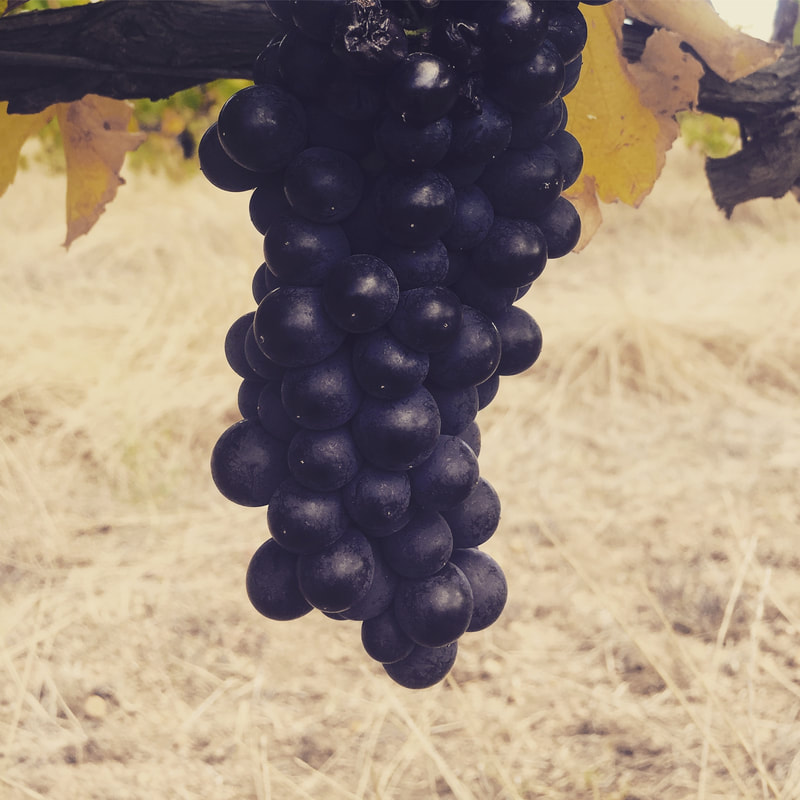
The
international definition and recognition of this area as a distinct and unique
wine growing area goes back to 1859, when original settler George Egerton-Warburton
planted vines on his St Werburgh's
property near Mount Barker and bottled his first vintage two years later.
However, the first real commercial foundations were laid in the late 1930s by
horticulturalist Bill Jamieson. His extensive knowledge of the area's soils and
climate was augmented by the research of Californian Professor Harold Olmo in
1955 during a government-sponsored trip to Western Australia. Olmo
spent eight months in Western Australia at the invitation of the Western
Australian Vine Fruits Research Trust, whilst on leave from his post as
Professor of Viticulture at the University of California.[1] When he published
his report in 1956, one of the recommendations put forward was that Mount
Barker and the Frankland area of Western Australia showed great promise for
making table wines in the light traditional European style. This was further
backed up by Agricultural and viticultural scientist Dr John Gladstones in
1963, and endorsed by the Western Australian Grape Industry Committee (1964). A
year later, Jamieson and Houghton's celebrated winemaker Jack Mann, went to
Mount Barker and the first experimental cuttings were planted in 1965 at Forest
Hill.
MOUNT BARKER WINES
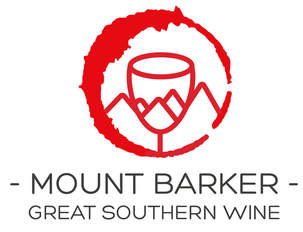
Mount Barker Wine Region The Mount Barker wine region is located approximately 3hrs drive south of Perth. Its a great place to make camp and explore the five wine producing sub regions within the Great Southern: Albany, Denmark, Frankland River, Mount Barker and the Porongorups.
Producing around 37% of wine grapes grown in WA, the Great Southern is one of Australia's largest Regions. The Great Southern offers unique and varied climates for grape growing. Renowned both nationally and internationally for Riesling, Shiraz, Sauvignon Blanc, Chardonnay, Pinot Noir and Cabernet Sauvignon, the Great Southern and in particular Mount Barker offer the wine traveller a chance to try many classic wine varieties grown and made to perfection.
The climate of the Mount Barker region during the growing season offers warm and sunny days providing important sunlight availability and excellent fruit ripening conditions, while the cool nights enhance and retain acidity. This often results in the production of exceptional fruit that in turn, makes for a sublime wine drinking experience. Our average rainfall of 600 to 700mm per annum is perfect for grapevine requirements, so many vineyards in the region employ minimum irrigation at key times of the growing season. Some established vineyards in the region are proudly dry grown. Minimal irrigation and dry grown grapes produce concentrated, intense wines that drink well young and offer excellent potential to develop with bottle age.
Producing around 37% of wine grapes grown in WA, the Great Southern is one of Australia's largest Regions. The Great Southern offers unique and varied climates for grape growing. Renowned both nationally and internationally for Riesling, Shiraz, Sauvignon Blanc, Chardonnay, Pinot Noir and Cabernet Sauvignon, the Great Southern and in particular Mount Barker offer the wine traveller a chance to try many classic wine varieties grown and made to perfection.
The climate of the Mount Barker region during the growing season offers warm and sunny days providing important sunlight availability and excellent fruit ripening conditions, while the cool nights enhance and retain acidity. This often results in the production of exceptional fruit that in turn, makes for a sublime wine drinking experience. Our average rainfall of 600 to 700mm per annum is perfect for grapevine requirements, so many vineyards in the region employ minimum irrigation at key times of the growing season. Some established vineyards in the region are proudly dry grown. Minimal irrigation and dry grown grapes produce concentrated, intense wines that drink well young and offer excellent potential to develop with bottle age.
Riesling
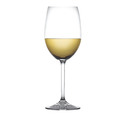
"Mount Barker Produces high-class Rieslings, notable for their purity and intensity courtesy of their natural high acidity.' James Halliday
Shiraz
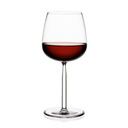
' Mount Barker are making magical shirazs, fragrant and spicy, fleshy yet strongly structured.' James Halliday
Cabernet Sauvignon
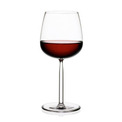
' Mount Barker share a continental climate that is somewhat coller than Margaret River and has greater diurnal temperature range. Here Cabernet has an incisive, dark berry character and firm but usually fine tannins ...' James Halliday
Difference between Margaret River Wines and Great Southern Wines
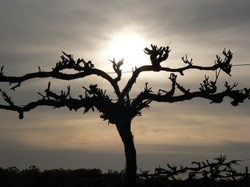
The
factor explaining this is, not surprisingly, the weather. The two major wine growing areas of Western
Australia, Margaret River (about 3 hours by car south of Perth) and the Great
Southern (another 5 hours southeast of Perth) are strongly impacted by the
cooling effects of ocean air. Abutting
the Southern and Indian Oceans, this remote wine region has warm and sunny days
during the growing season, but cool--even cold--nights.
All large bodies of water tend to moderate temperatures and slow the ripening of grapes. But a quick look at the globe reminds us that the Southern Ocean also bathes the shores of Antarctica. The major wine areas of Western Australia are as close to that continent as they are to Sydney.
All large bodies of water tend to moderate temperatures and slow the ripening of grapes. But a quick look at the globe reminds us that the Southern Ocean also bathes the shores of Antarctica. The major wine areas of Western Australia are as close to that continent as they are to Sydney.
Mount Barker
Map Coordinates 34° 36'S
Altitude 180-250 m (590-820 feet)
Heat degree days, Oct-Apr 1488 (cut off at 19ºC (66.2ºF) but otherwise not adjusted)
Growing season rainfall, Oct-Apr 287 mm (11.3 inches)
Mean January temperature 19ºC (66ºF)
Relative humidity, Oct-Apr, 3 pm Average 55%
Harvest Early Mar - mid April
Please look through our list of Wineries and make use of our mapping system to plan your next wine tasting weekend. You can jump to individual winery websites from each members page providing more detailed information on a producer. Many of our producers offer tasting plates and Cafe style dining at their cellar door to compliment the tasting experience.
Our News andEvents pages will keep you up to date with what the Mount Barker Wine Producers Association and our members are doing, and may help you plan the timing of your visit. One thing is for sure, you are always welcome to drop in and have a wine tasting at any of our cellar doors.
If you encounter any problems while using this website, or require any information regarding the MBWPA, please email us via the Contactspage.
Map Coordinates 34° 36'S
Altitude 180-250 m (590-820 feet)
Heat degree days, Oct-Apr 1488 (cut off at 19ºC (66.2ºF) but otherwise not adjusted)
Growing season rainfall, Oct-Apr 287 mm (11.3 inches)
Mean January temperature 19ºC (66ºF)
Relative humidity, Oct-Apr, 3 pm Average 55%
Harvest Early Mar - mid April
Please look through our list of Wineries and make use of our mapping system to plan your next wine tasting weekend. You can jump to individual winery websites from each members page providing more detailed information on a producer. Many of our producers offer tasting plates and Cafe style dining at their cellar door to compliment the tasting experience.
Our News andEvents pages will keep you up to date with what the Mount Barker Wine Producers Association and our members are doing, and may help you plan the timing of your visit. One thing is for sure, you are always welcome to drop in and have a wine tasting at any of our cellar doors.
If you encounter any problems while using this website, or require any information regarding the MBWPA, please email us via the Contactspage.
